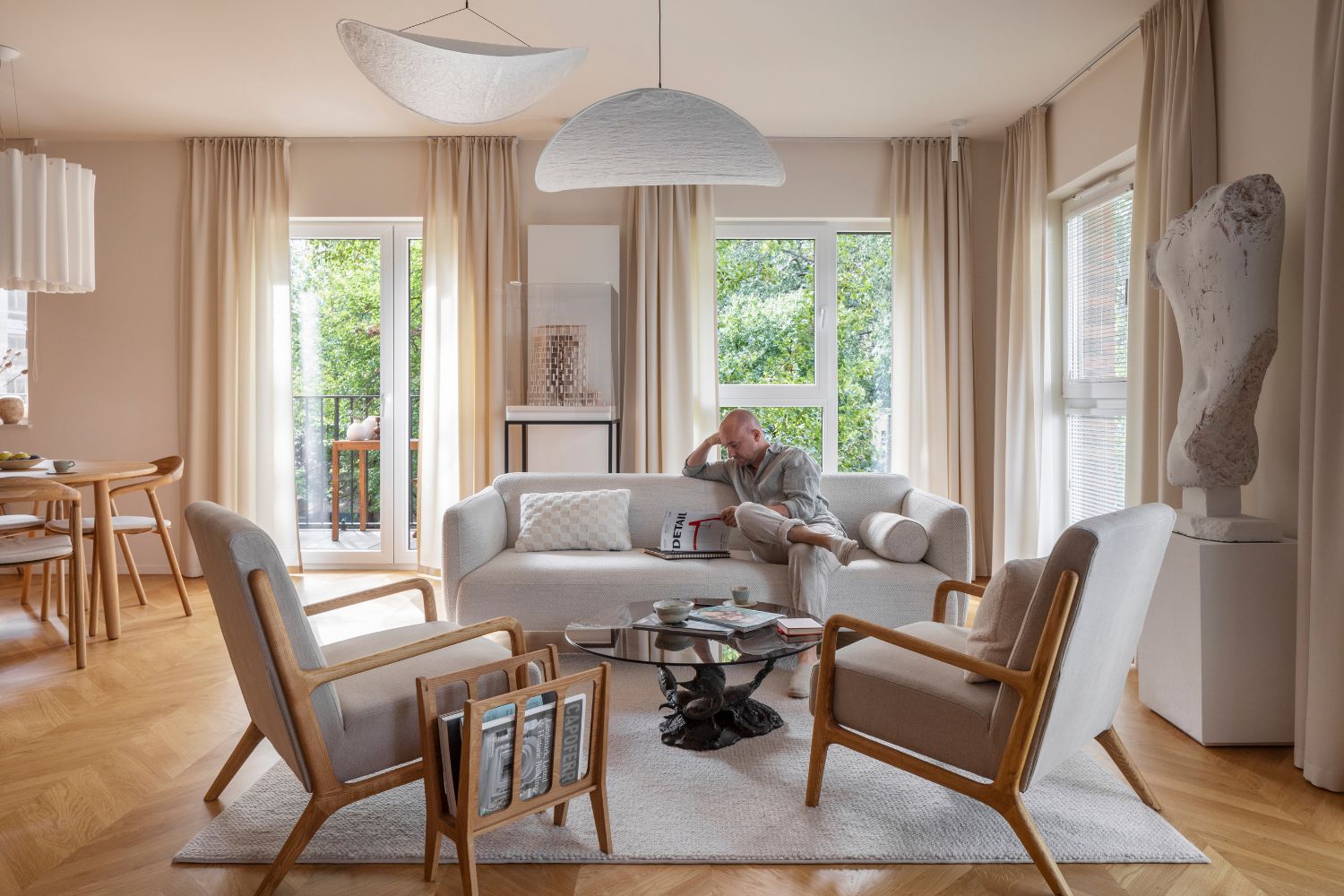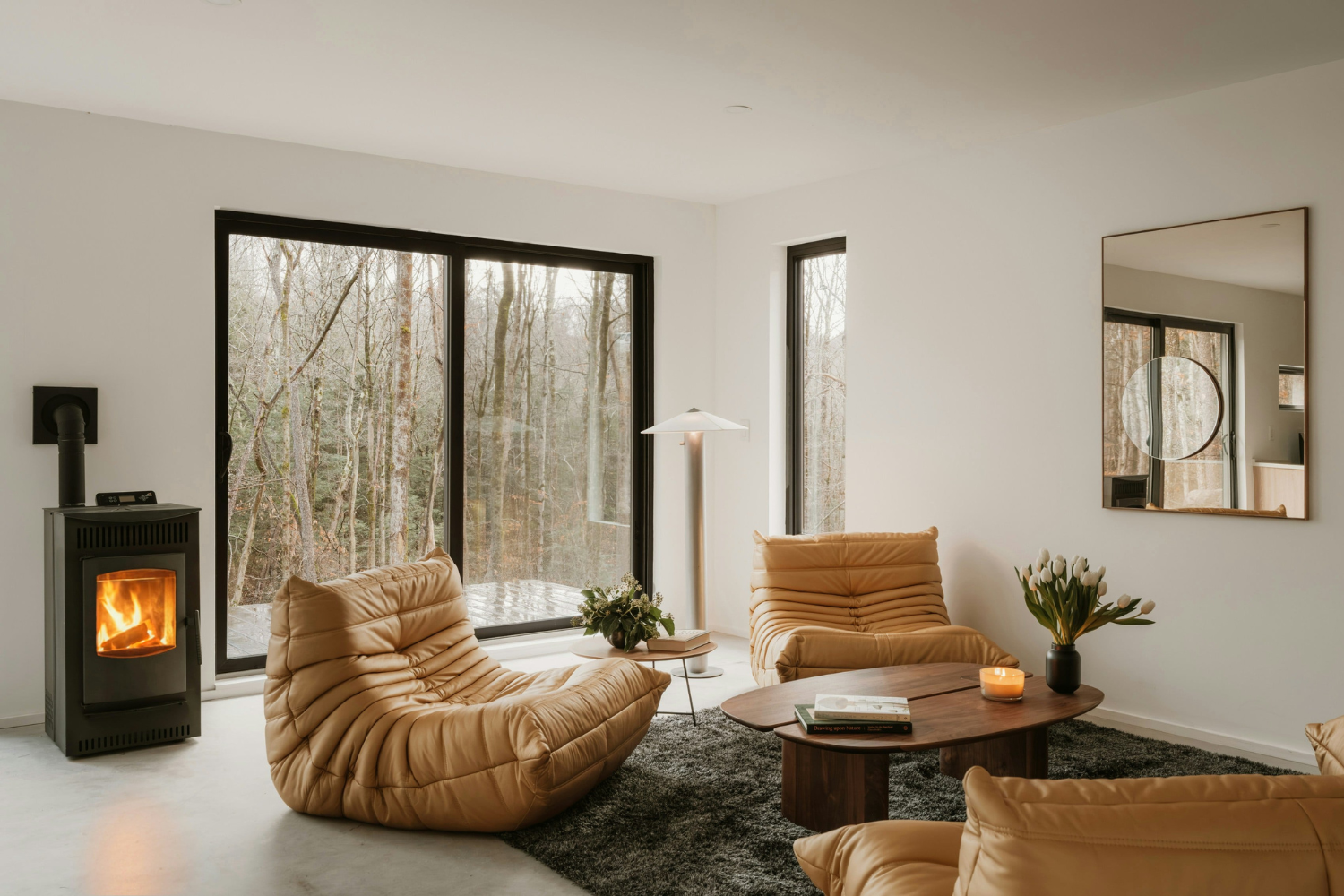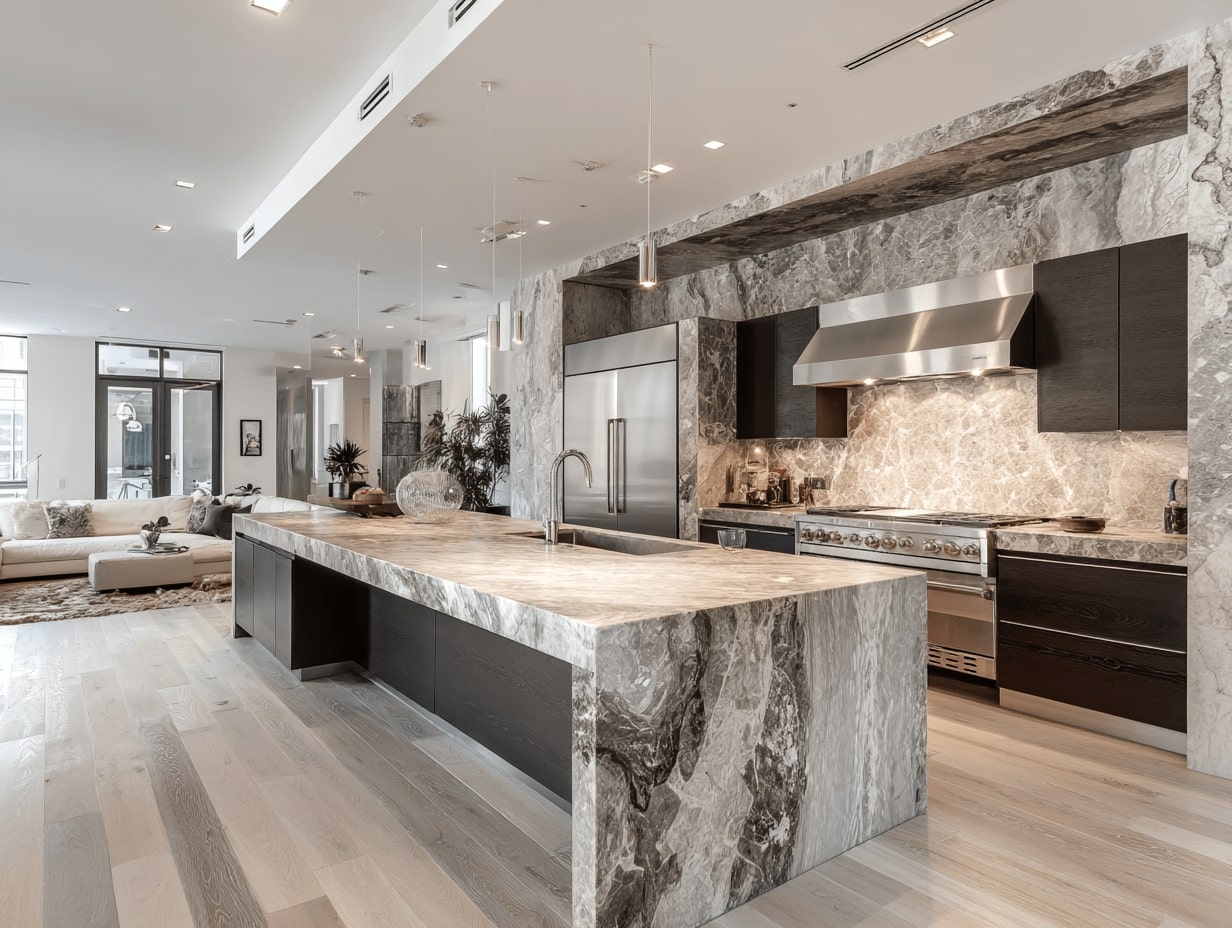- Home
- Articles
- Architectural Portfolio
- Architectral Presentation
- Inspirational Stories
- Architecture News
- Visualization
- BIM Industry
- Facade Design
- Parametric Design
- Career
- Landscape Architecture
- Construction
- Artificial Intelligence
- Sketching
- Design Softwares
- Diagrams
- Writing
- Architectural Tips
- Sustainability
- Courses
- Concept
- Technology
- History & Heritage
- Future of Architecture
- Guides & How-To
- Art & Culture
- Projects
- Interior Design
- Competitions
- Jobs
- Store
- Tools
- More
- Home
- Articles
- Architectural Portfolio
- Architectral Presentation
- Inspirational Stories
- Architecture News
- Visualization
- BIM Industry
- Facade Design
- Parametric Design
- Career
- Landscape Architecture
- Construction
- Artificial Intelligence
- Sketching
- Design Softwares
- Diagrams
- Writing
- Architectural Tips
- Sustainability
- Courses
- Concept
- Technology
- History & Heritage
- Future of Architecture
- Guides & How-To
- Art & Culture
- Projects
- Interior Design
- Competitions
- Jobs
- Store
- Tools
- More
Top 10 Tips for Successful Interior Design Renderings

Creating stunning interior design renderings isn’t just about showcasing a space; it’s about capturing the essence and mood that make a room come alive. One of the key elements often overlooked is the use of caustics—the flickers of light that dance off water surfaces. Including these in your renderings can elevate realism and make your designs truly stand out.
Artificial lighting also plays a crucial role in setting the tone. Functional lights should be used sparingly to avoid flooding a space, while mood and statement lights can add depth and character. By strategically placing directional spotlights or cozy floor lamps, we can create inviting and dynamic interiors that captivate viewers.
Incorporating these elements effectively requires skill and precision, but the results are well worth the effort. Whether you’re a seasoned designer or just starting, mastering these techniques will help you produce renderings that not only look good but feel authentic.

Table of Contents
ToggleEstablish Your Vision
Use References for Inspiration
Visual references serve as invaluable tools in creating successful interior design renderings. We spend considerable time mimicking the real world, so it makes sense to draw inspiration from it. Reference images not only boost realism but also spark creativity. By observing how other designers combine styles, colors, and materials, we can fine-tune our work. Capturing images from the world around us, whether it’s a unique pattern on a building or an interesting color scheme in a cafe, enriches our visual library and enhances our design approach. Utilizing these references ensures that our designs are grounded in real-world contexts while offering fresh perspectives.
Define Your Direction and Goals
Clearly defining the direction and goals of a rendering project is crucial for successful outcomes. This involves understanding the client’s vision, the space’s purpose, and the desired mood. We should start by outlining specific objectives, such as highlighting certain architectural features or creating a particular ambiance. Establishing these parameters helps streamline the design process and maintain focus. For instance, if the aim is to emphasize natural light, we’ll prioritize windows and lighter color palettes. By setting clear goals, we ensure all design elements, from furniture placement to lighting, align with the overall vision, resulting in cohesive and compelling renderings.
Master the Basics of Composition
Understand Photographic Techniques
Understanding the foundational concepts of photography improves our interior design renderings. Crucial techniques include the rule of thirds, depth of field, and focal points. The rule of thirds divides the frame into nine equal parts, using these intersections helps balance and enhances composition. Depth of field focuses attention on particular elements, creating layers in our visual story. Highlighting focal points ensures that viewers immediately notice the most important parts of the design.
Choose the Right Angle and Perspective
Selecting the appropriate camera angles and perspectives is key to compelling interior renderings. Varied angles showcase different aspects and details of a room. For instance, eye-level angles provide a natural and relatable viewpoint while high angles can make spaces appear more expansive. Discuss angles with the designer to focus on key design elements and ensure that we deliver images that best present their vision. Experimenting within brief guidelines often yields beautiful results.

Focus on Lighting
Lighting serves as the foundation for any successful interior design rendering. It enhances textures, defines spaces, and sets the mood. Let’s delve into the specifics.
Natural vs. Artificial Lighting
Balancing natural and artificial lighting is crucial for realistic renderings. Natural light brings out the genuine textures and colors of materials. We can adjust the sun’s orientation to mimic real-world lighting conditions at different times of day, from bright noon to a serene sunset. Cedreo’s rendering software, for instance, simplifies this by allowing quick switches between various daylight settings with one click.
On the other hand, artificial lighting options provide greater control over a room’s ambiance. These options range from soft glows, like candlelight, to strong illumination from floor lamps. Placing and adjusting artificial lights helps highlight specific features of the interior design, creating a cohesive look. Proper use of both lighting types leads to renderings that feel more lifelike.
Importance of Shadows and Highlights
Shadows and highlights add depth and realism to interior renderings. Shadows can make spaces feel three-dimensional, emphasizing contours and architectural details. Advanced programs like Cedreo automate shadow creation, ensuring accuracy in how light interacts with different objects.
Highlights also play a pivotal role. They draw attention and elevate the visual interest of specific areas or items. Accurate highlights can make surfaces look glossy or textured, contributing significantly to the final image’s authenticity. By carefully adjusting both shadows and highlights, we enhance the overall realism and aesthetic appeal of our renderings.
Textures and Materials
Selecting and Applying Textures
In creating successful interior design renderings, high-quality textures are essential. We must use real materials and textures to achieve a realistic look. This means selecting textures that accurately represent wood, metal, stone, and fabrics, and applying them appropriately within the scene. It’s crucial to refine these textures to match the intended environment and time of day. For instance, textures in a rendering that mimics an evening golden hour should appear warm and not washed out.
Using software like FluidRay, we can quickly adjust and fine-tune these textures in real-time, ensuring they look just right. Materials with gloss and reflectivity need careful modification to avoid looking sterile. We should also pay attention to roughness, which affects how these textures interact with light. By doing so, we can enhance the realism of our scenes and make them more engaging for viewers.
Realism Through Material Details
Realism in 3D interior renderings hinges on meticulous attention to material details. We need to consider the nuanced elements like dullness, shine, and roughness. Wood, for example, must show grain and imperfections, while metal should reflect light appropriately. Stone surfaces ought to depict natural variations and texture.
Moreover, incorporating advanced techniques like caustics, which are light reflections off water, can add layers of realism. FluidRay handles caustics efficiently, allowing us to include water features that enhance the visual appeal of our designs.
To bridge the gap between digital and real, including high-quality textures and materials that capture light naturally is imperative. Furnishings and decorations also need careful selection to match design styles, contributing to a vibrant and worthwhile space. Employing these refined details allows us to create lifelike and compelling interior renderings.

Color and Style
Choosing a Color Scheme
Choosing a color scheme is crucial to successful interior design renderings. Colors set the tone and mood of the space. We should first understand the psychological impacts of colors; for example, blues and greens can create a calming effect, while reds and yellows can energize a room. It’s essential to select colors that align with the intended ambiance and purpose of the space.
Using a harmonious color palette helps maintain balance. Analogous color schemes, which use colors next to each other on the color wheel, create a serene and comfortable design. Complementary color schemes, which use colors opposite each other, add vibrancy and contrast.
Additionally, consider client preferences and existing décor. If the client loves neutral tones, a monochromatic scheme with varying shades of beige, gray, or white will be appealing. In contrast, more adventurous clients might prefer a triadic color scheme using three evenly spaced colors on the wheel.
Combining Different Styles
Combining different styles in interior design renderings can create unique and dynamic spaces. However, it requires a keen eye for balance and harmony. Start by selecting a dominant style to provide a cohesive base. This might be a contemporary, traditional, or industrial style, depending on the space and client’s preferences.
Introduce elements from other styles to add depth and interest. For instance, in a modern room, a vintage lamp or a rustic coffee table can introduce a touch of eclectic charm. Limit the number of contrasting elements to maintain visual coherence and avoid a cluttered appearance.
Also, focus on common characteristics shared by different design styles. If blending modern and rustic, both may feature clean lines but varied textures. Combining contemporary furnishings with mid-century modern décor can work if both share a streamlined, functional aesthetic.
Lastly, consistency in color and materials is critical. Ensure that the differing styles share a consistent color palette or material finish like matte or gloss. This unites the varied elements and creates a harmonious and cohesive rendering.
Utilize Advanced 3D Models
Importance of High-Quality Models
High-quality models form the backbone of any successful interior design rendering. These models provide the intricate details necessary for achieving photorealism. For interior designers, using superior models for furniture, fixtures, and decor items translates to more believable and engaging visualizations. Detailed 3D models of objects along with advanced techniques can significantly enhance the overall impression of a space, from the texture on a sofa to the sheen on a polished surface.
Investing in comprehensive model libraries featuring a variety of textures and materials allows us to closely replicate real-world objects. This collection should include various styles, from contemporary to classic. Optimized models reduce rendering time while maintaining quality, facilitating smoother workflows. Renderings derived from high-quality models don’t just look good; they provide a solid foundation for successful presentations and client approvals.
Adding Lifelike Details
Adding lifelike details elevates our renderings from good to exceptional. Small touches, such as realistic lighting effects, texture variations, and precise material properties, create depth and authenticity. Utilizing tools that handle complex lighting scenarios, like caustics or reflections, improves the overall believability of the scene.
For instance, including imperfections like slight scuffs on wooden floors or subtle fabric folds on upholstery contributes to realism. When constructing scenes, we should pay attention to shadows and lighting angles. Properly positioned spotlights or directional lighting enhance the mood and focal points of the design, highlighting select elements.
Tools like Enscape provide features such as auto-exposure and artificial light brightness sliders, allowing us to fine-tune the environmental settings for the perfect render. This level of detail requires careful consideration but results in striking, memorable interior design visualizations.

Conclusion
Creating successful interior design renderings involves a meticulous approach to textures, materials, colors, and styles. High-quality textures that accurately represent wood, metal, stone, and fabrics are critical for realism. Software like FluidRay helps refine these textures to match the environment, adding detail in real time.
The realism extends to material properties, such as dullness, shine, and roughness. Techniques like caustics enhance scenes by adding realistic light reflections off water. Including high-quality textures and materials that interact naturally with light bridges the gap between digital and real environments.
Color schemes must be chosen with care, as they set the tone and mood of a space. Avoid very saturated hues or those that are completely black or white. Colors should work together and fit the room, with accent colors like vivid red or magenta used sparingly for impact. Chromatic aberration can enhance these colors, adding realism akin to real-life photographs.
Advanced 3D models significantly elevate interior design renderings. High-quality models offer intricate details for furniture, fixtures, and decor items. Comprehensive model libraries allow for the realistic replication of real-world objects, improving photorealism. Software tools like Enscape fine-tune environmental settings, resulting in striking visualizations.
Lifelike details, such as proper lighting effects and precise material properties, bring authenticity to renderings. Paying attention to small details like imperfections and lighting angles enhances the overall impact. Combining different styles requires balancing elements and maintaining consistency in color and materials to achieve a cohesive rendering.
Believable surroundings, appropriate backgrounds, and simple yet accurate details are essential. Natural colors and minimal scenes help draw viewers into the rendering. Using these techniques ensures that the final design captures attention and impresses viewers, highlighting your design abilities.
Submit your architectural projects
Follow these steps for submission your project. Submission FormLatest Posts
Modern American Homes: Interior Design Trends to Watch in 2026
Interior design in the United States is evolving toward warmer, more adaptable,...
BXB Studio’s Hybrid Interior: Redefining the Modern Architectural Workplace
The Warsaw headquarters of BXB Studio was established in a modest 70...
5 Must-Know Interior Design Trends in American Homes
From warm minimalism to bold oversized artwork, these five interior design trends...
How Open Kitchens Create a Sense of Space Indoors (Without Sacrificing Function)
Open kitchens: see how sightlines, lighting, and smart layouts make rooms feel...












Leave a comment